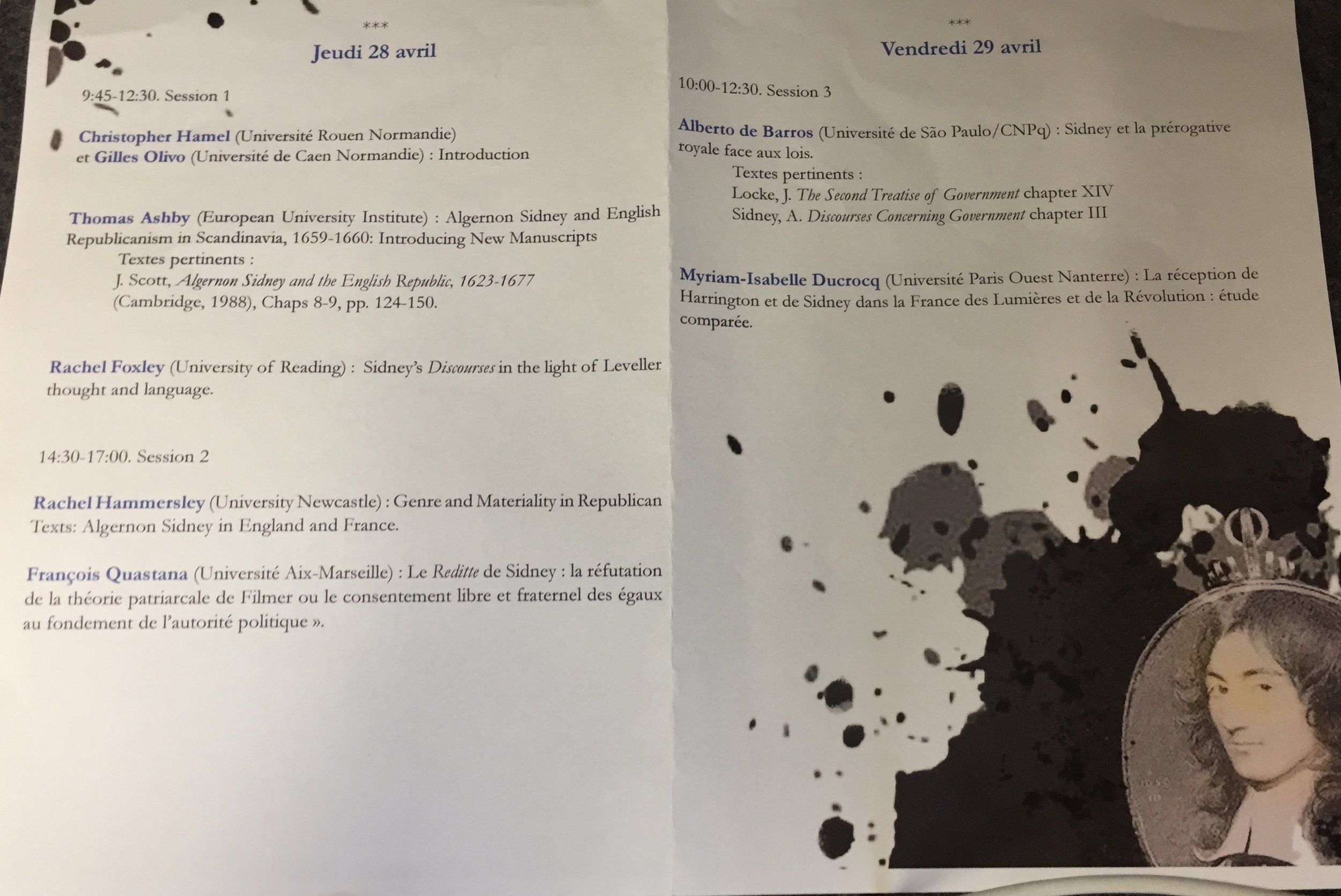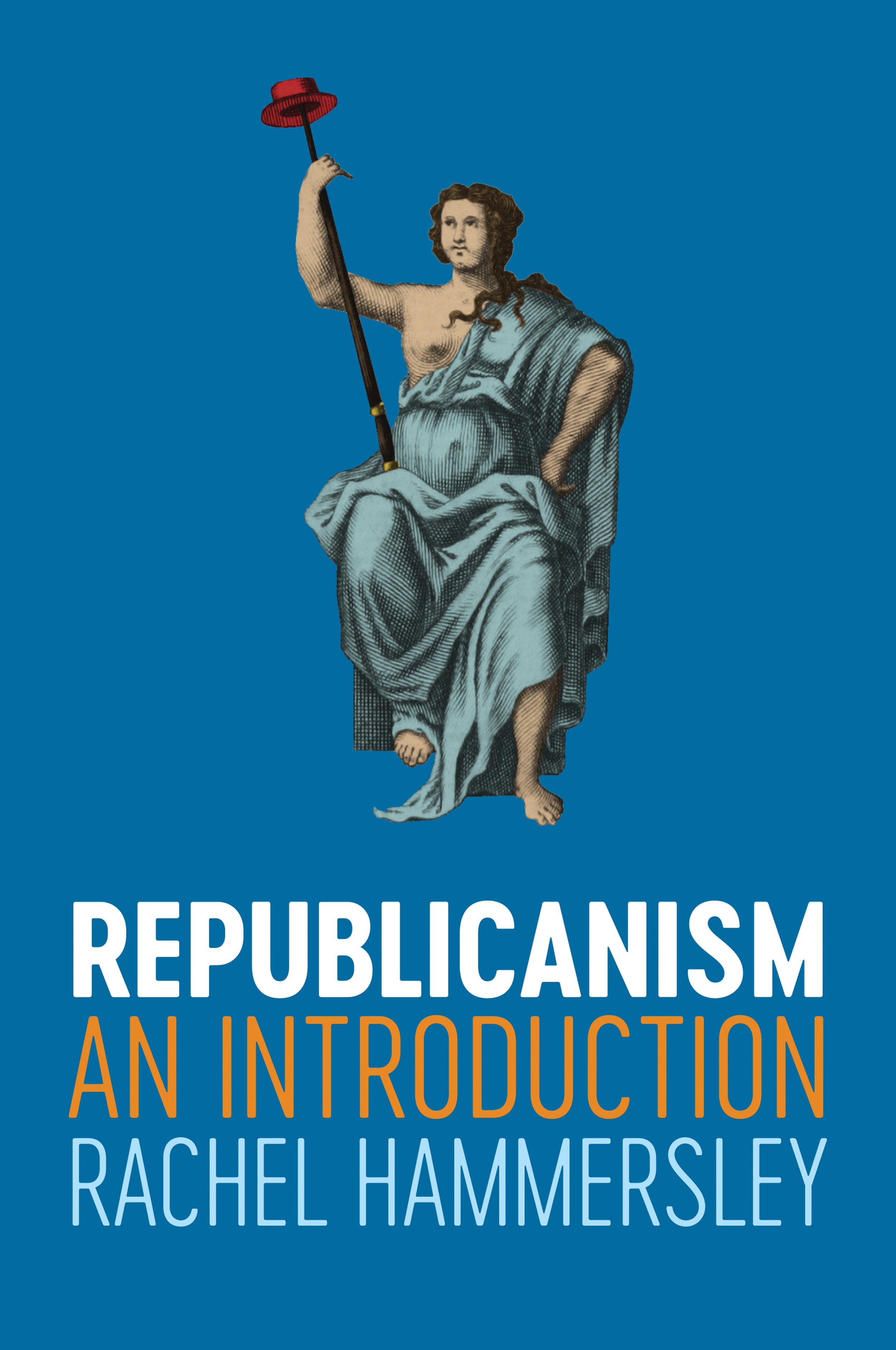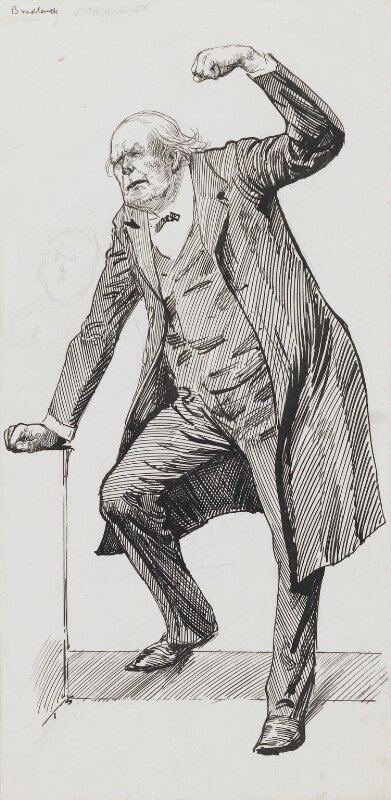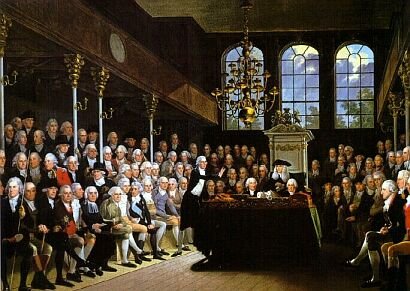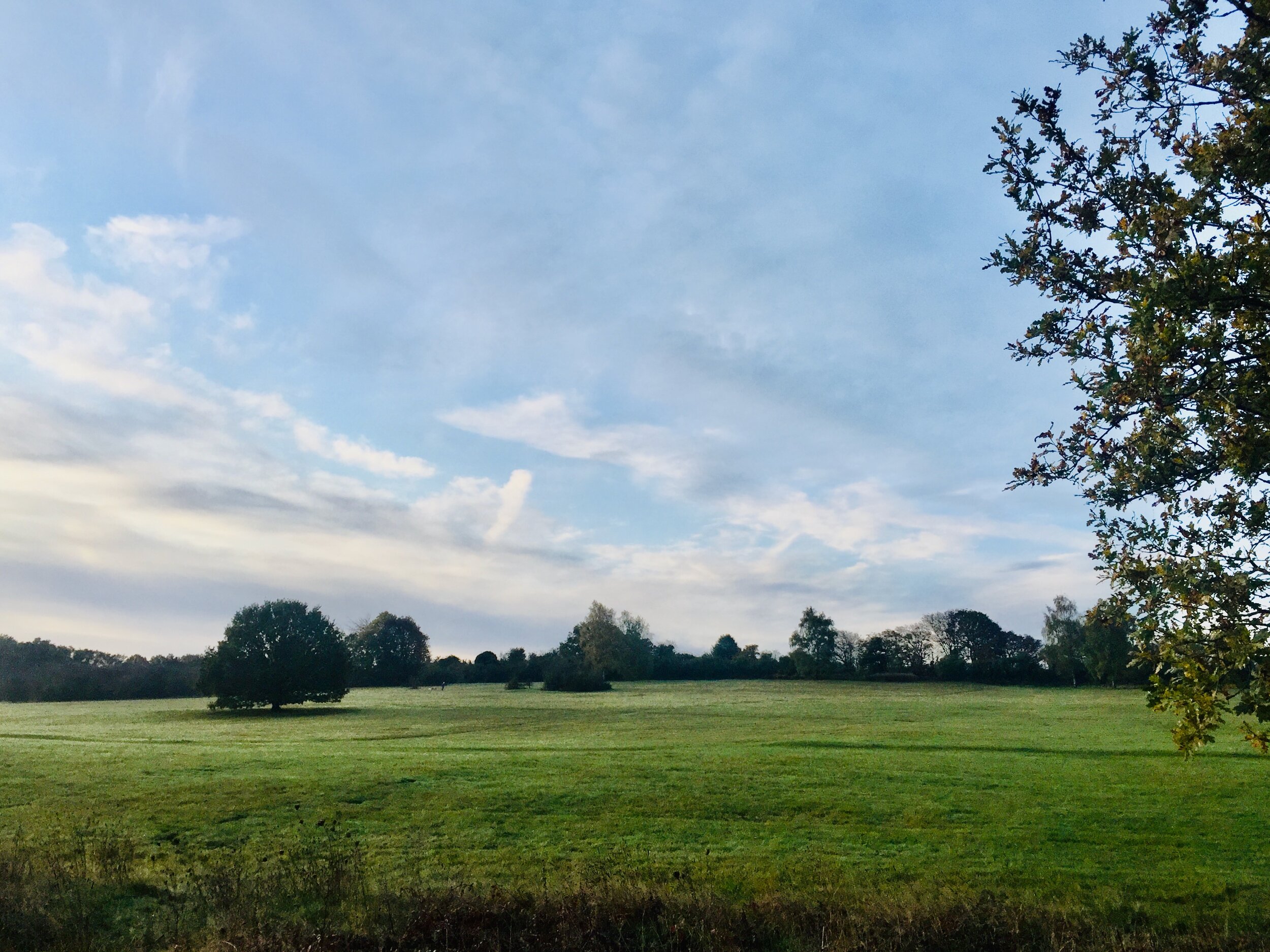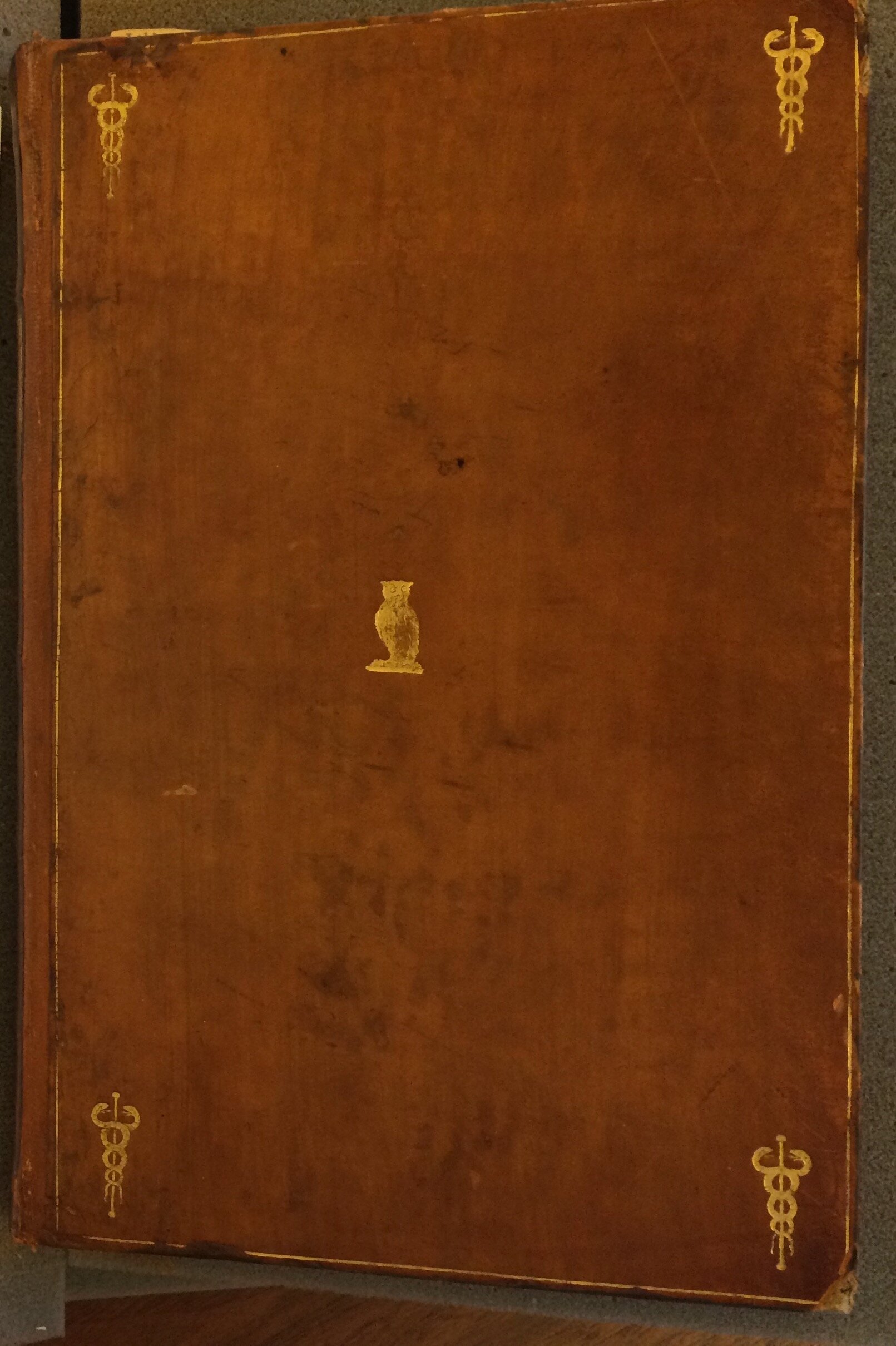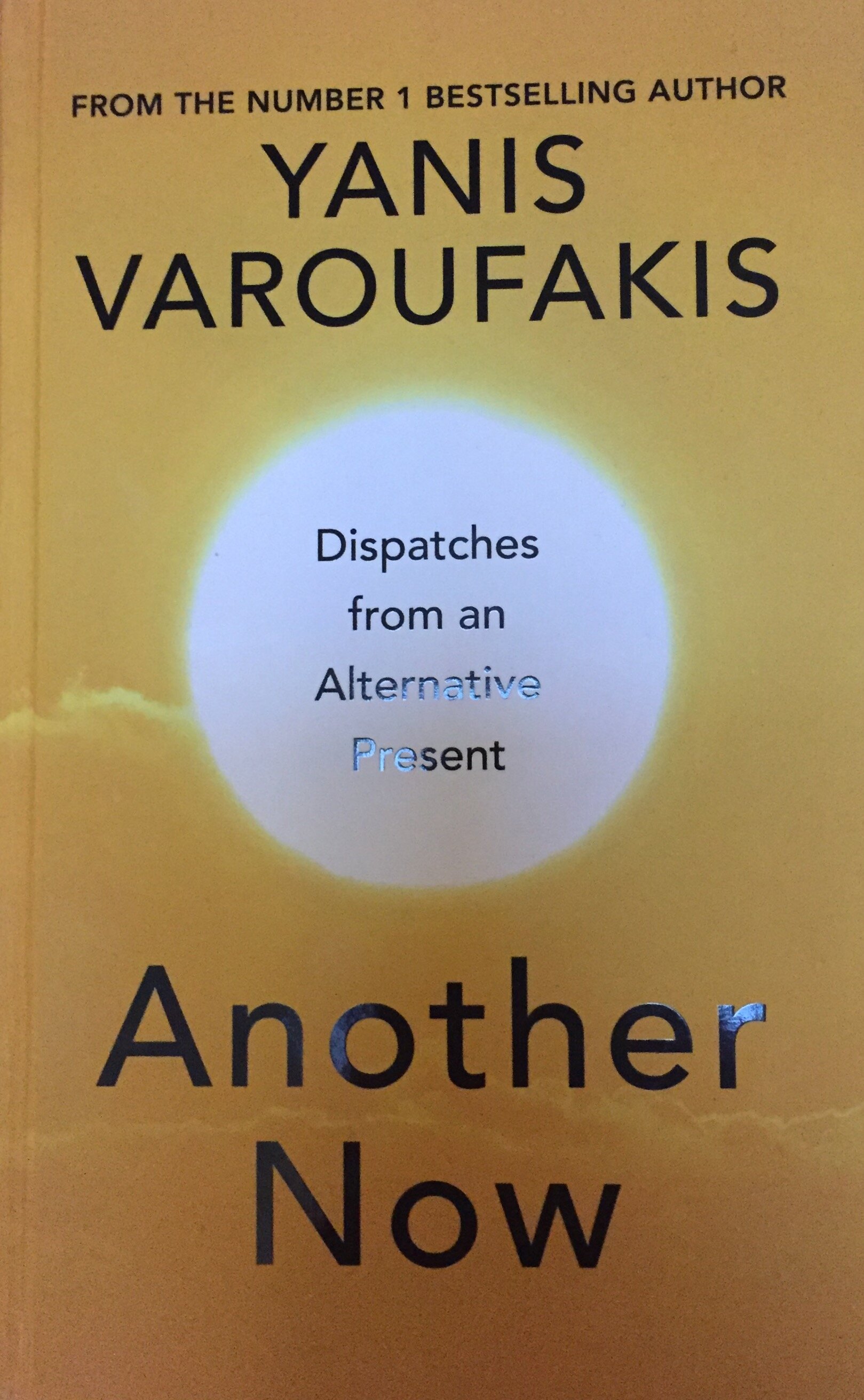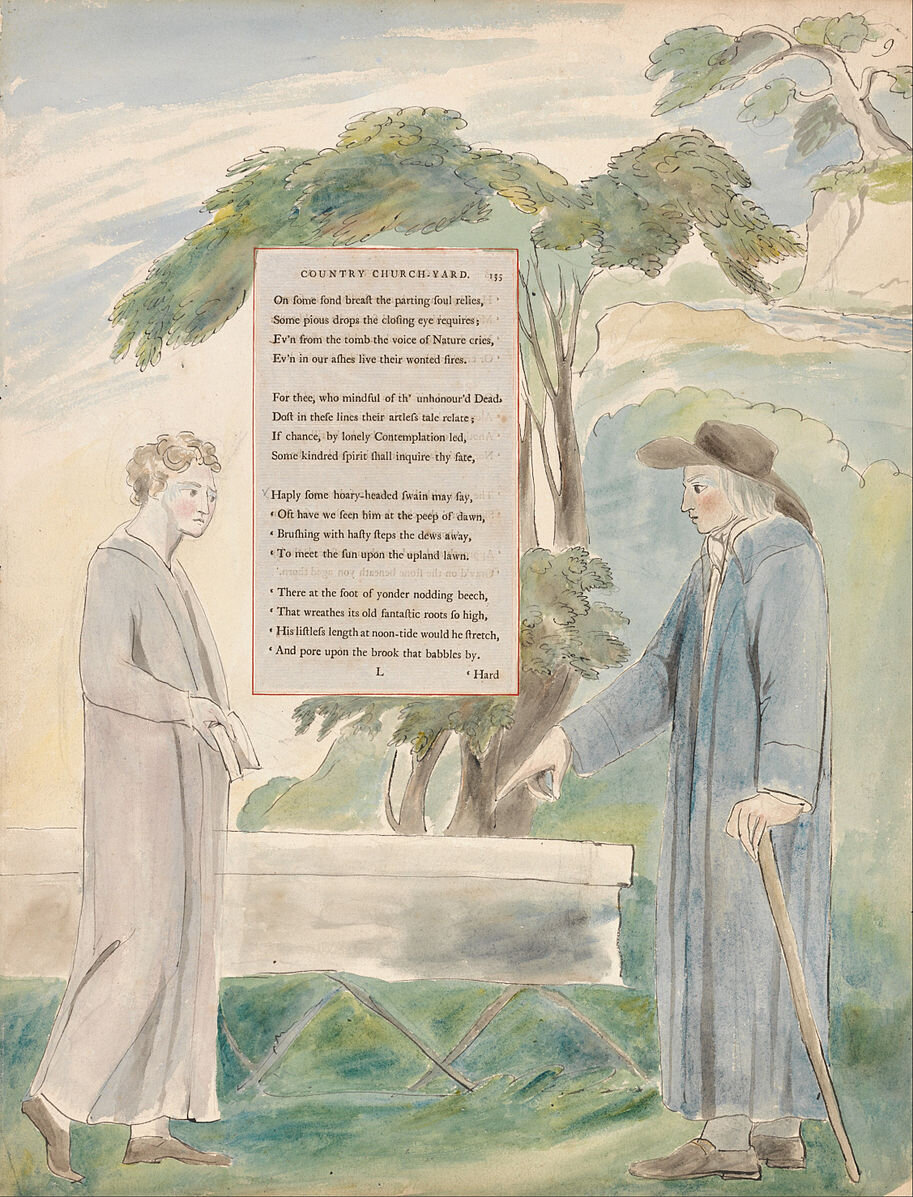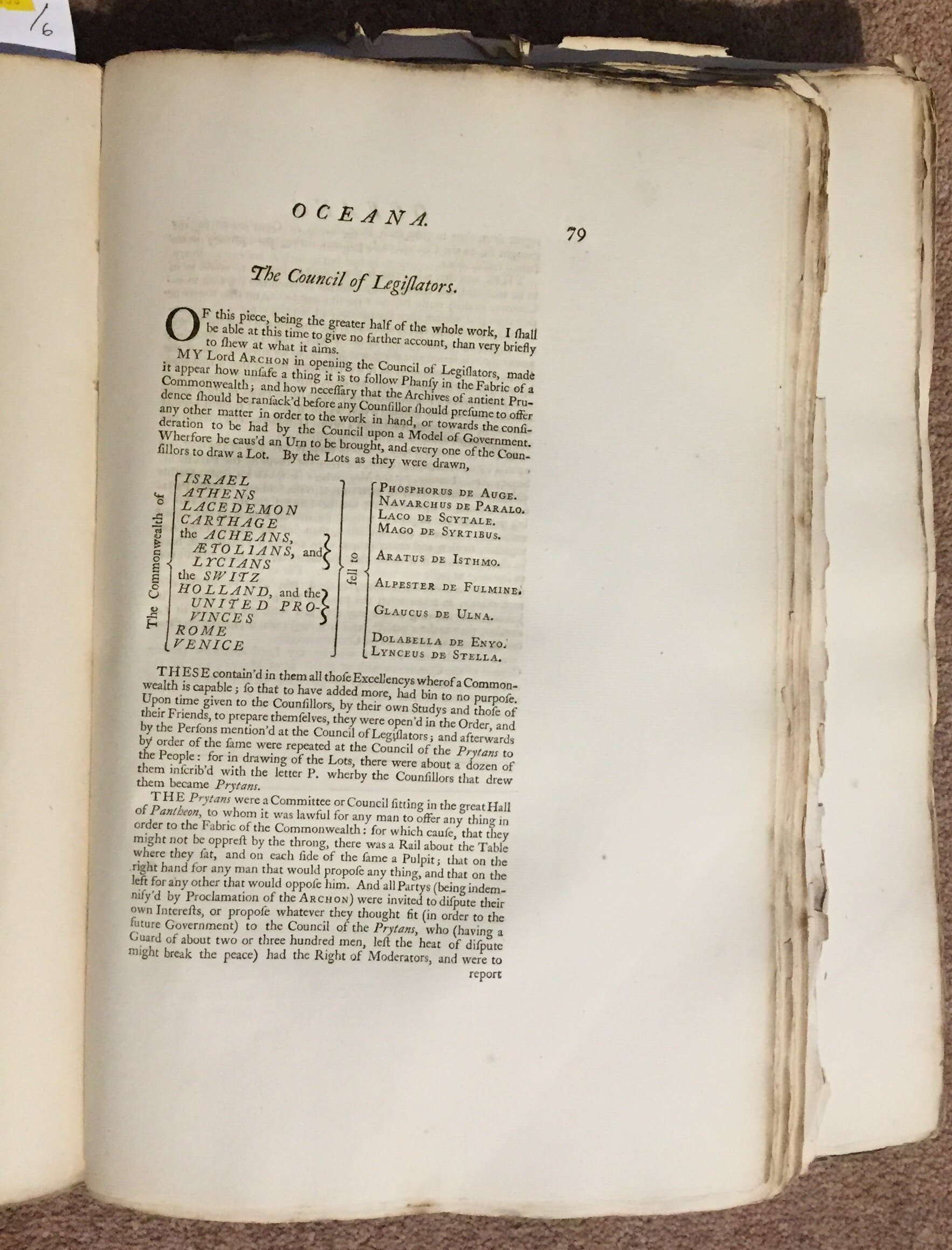April's blogpost introduced Richard Carlile, setting him in the context of a long tradition of English republican thought as well as noting the important ways in which he departed from that tradition. This month's blogpost will extend discussion of him by considering the means by which he communicated his republican ideas. There are links here with the practices of earlier British republicans as discussed in my series of blogposts entitled 'Experiencing Political Texts'.
Title page of Carlile’s edition of Paine’s works. Reproduced from Wikimedia Commons.
In the first place, Carlile continued the tradition of seeking wide dissemination of political knowledge. Following in the footsteps of editors like John Toland and Thomas Hollis, and booksellers like John Darby and Daniel Isaac Eaton, Carlile took it upon himself to print and sell key texts written by republican authors. In 1819 Carlile published a two volume edition of the Political and Miscellaneous Works of Thomas Paine in octavo format, to which he added a Life of Thomas Paine, which he had written himself. The previous year he had printed and published Paine's controversial deist text The Age of Reason as well as a collection of The Theological Works of Thomas Paine. Printing and selling The Age of Reason resulted in Carlile's imprisonment the following year.
Carlile did not simply print and publish key political texts but also co-ordinated their dissemination. In his periodical The Republican, he described the 'arbitrary and illegal' treatment of one James Tucker by the authorities in Exeter. He explained how Tucker, who was out of work, had called on him asking to be made an agent for the circulation of his political publications in the vicinity of Exeter. Carlile agreed, noting that having been a resident of that city himself he knew 'that political information had not made that progress in Exeter and Devonshire in general, as it had in the northern counties' (The Republican, No. 4, Friday 17 September). Soon after Tucker began work on Carlile's behalf, he was arrested by the authorities and imprisoned in Exeter prison for selling political pamphlets. Carlile publicised Tucker's case and worked hard to bring about his release.
The Republican was itself a key component of Carlile's political information campaign. Following in the spirit of periodicals like Thomas Spence's One Pennyworth of Pigs Meat and Eaton's Politics for the People, The Republican was a weekly publication that directly addressed current affairs and sought to educate the public on political matters. Just like Spence and Eaton, Carlile was keen to keep the price low to ensure as wide a circulation as possible. Spence and Eaton had deliberately charged just one penny per issue for their periodicals. By 1819 the state had intervened to control - even curb - such publications. In his address 'To the Readers of the Republican' which prefaced the first volume, Carlile commented explicitly on this:
Richard Carlile, The Republican, Volumes 1 and 2. Bodleian Library, Oxford: Johnson e. 3662. Photograph by Alex Plane. Reproduced courtesy of the Bodleian Libraries.
As the price and size of pamphlets, touching on political subjects, and commenting on the proceedings of the day, are to be regulated by a statute, a few words may not be improper as to the continuation of this publication. I have resolved to adopt the smallest size and the least price the statute will allow ... the first volume will be closed with the last twopenny sheet, and the second commence with the new series.
Moreover he went on:
The Editor hopes that the extended size and price will not restrict the number of his readers, although he is fully aware it must restrict the number of the pamphlets sold. Small reading societies, consisting of three or four families, are now more essential than ever: our enemies are straining every nerve to stop the reading that is now going on, for they well know that "knowledge is power" (Richard Carlile, The Republican, from Radical Periodicals of Great Britain. Westport Connecticut, 1970, pp. xv-xvi).
A page from The Republican which includes a letter from a female reader - complete with her name and address. The Republican, Volumes 1 and 2. Bodleian Library, Oxford: Johnson e. 3662. Photograph by Alex Plane. Reproduced courtesy of the Bodleian Libraries.
Carlile was keen not merely to present political news and texts to his readers, but also to encourage their thought and engagement with what they were reading. He did this partly by accompanying his account of recent events with commentary directing his readers how to interpret the actions of those involved. He also encouraged a two-way engagement with his readers. He invited readers to write in asking questions or expressing their own views. Significantly, he insisted that when doing so they had to provide their real name and address; contrary to common practice at the time, no anonymous correspondence or essays would be included within the publication. He acknowledged that this would put some readers off writing, but insisted that 'the necessity of every man making a frank and candid avowal of his principles and sentiments at the present moment, far exceeds any other feelings that may be put in competition with it' (The Republican, No. 1, Friday 27 August, 1819). Despite the requirement, readers did write to The Republican. Some wrote letters praising Carlile and his publications - particularly after his imprisonment; others contributed short articles prompted by things Carlile had said; a few even disagreed with Carlile - or with other readers. The fourth issue included a letter by J. A. Parry. Prompted by Carlile's comment about the role of the executive within the constitution, Parry criticised the House of Lords both in terms of its new members (who, he claimed, tended to be appointed for their servility to existing rulers) and the disruption to the balance of the constitution resulting from its subordination to the Crown. In a footnote to the letter, Carlile expressed his sympathy for the sentiment, but went further than Parry. He insisted that he was opposed to all titles believing the knowledge of having done one's duty and the private esteem of fellow citizens should be sufficient reward for virtuous action. Parry's article also prompted Thomas Dobson of 22 Ossulston Street, Somers Town, to offer his own reflections on hereditary titles, which he strongly condemned as injurious and insulting. Another correspondent, H. Cousins of Hackney also took issue with Parry's letter, exploring the question of whether private property should be secured or equalised. Parry himself then responded in the subsequent issue.
A page from The Republican (details as above) including the names of subscribers and the amounts they subscribed.
As well as encouraging his readers to engage with key issues, Carlile also sought to prompt them into action. This could involve signing one's name - or even pledging money - for a cause. Signatures and pledges of money were, of course, requested in support of Carlile himself after his imprisonment. Initially the names of supporters were printed in the paper, but so many came in that it was decided to print them on separate sheets and to append them to the report of the Trial itself that readers could purchase for 2d. Subscriptions could be made for other projects too. In the seventh issue Carlile described a statue of Thomas Paine that was being prepared. It presented Paine within a 'Temple of Reason' holding a scroll in his hand, which was inscribed: 'To reason with Despots is throwing reason away'. The statue included reference to Paine's works as well as displaying a liberty cap and the words LIBERTAS. Readers could purchase a model of the statue from the artist.
A slightly different sort of 'action' was proposed by Joseph Tucker, the disseminator of Carlile's political pamphlets who had fallen foul of the Exeter authorities. While in prison Tucker made the suggestion that reformers abstain from exciseable goods (such as alcohol) so as to deplete the coffers of the government. He proposed that books be opened so that those wishing to support the measure could make a declaration of their intent. The total number who had signed would also be communicated to the press and announced weekly. As Carlile noted, this public declaration 'would be a powerful stimulus' to the signatories 'to fulfil their engagement'. Moreover, reporting the numbers would serve two purposes: 'the friends of Reform would be animated, and anxiously look forward to the result, whilst fresh numbers would be eager to encrease their list' (The Republican, Issue 4, Friday 17 September, 1819).
Encouraging political action on the part of citizens was - and remains - crucial for advocates of republican government - indeed they believe that an 'engaged citizenry' that takes its political responsibilities seriously will make for a better society under any form of government. The Experiencing Political Texts network that launches next month (and which will be the focus of my July blogpost) provides an opportunity to explore both how early modern authors sought to inspire engagement and action through their texts, and what lessons we might learn from their tactics today.






